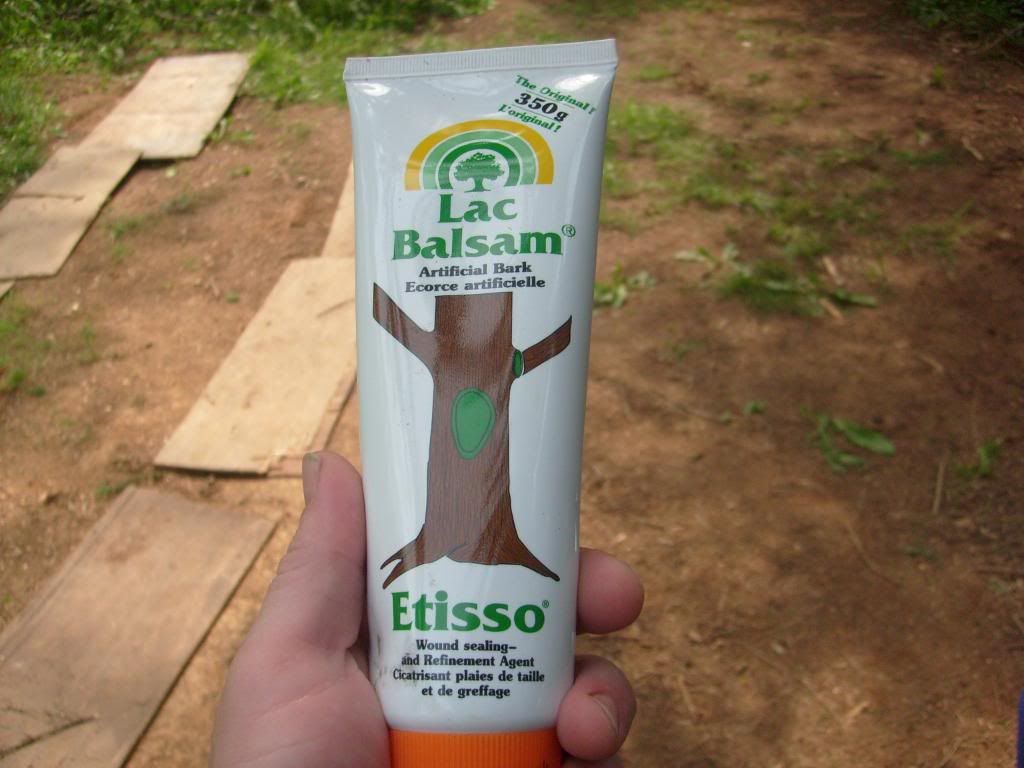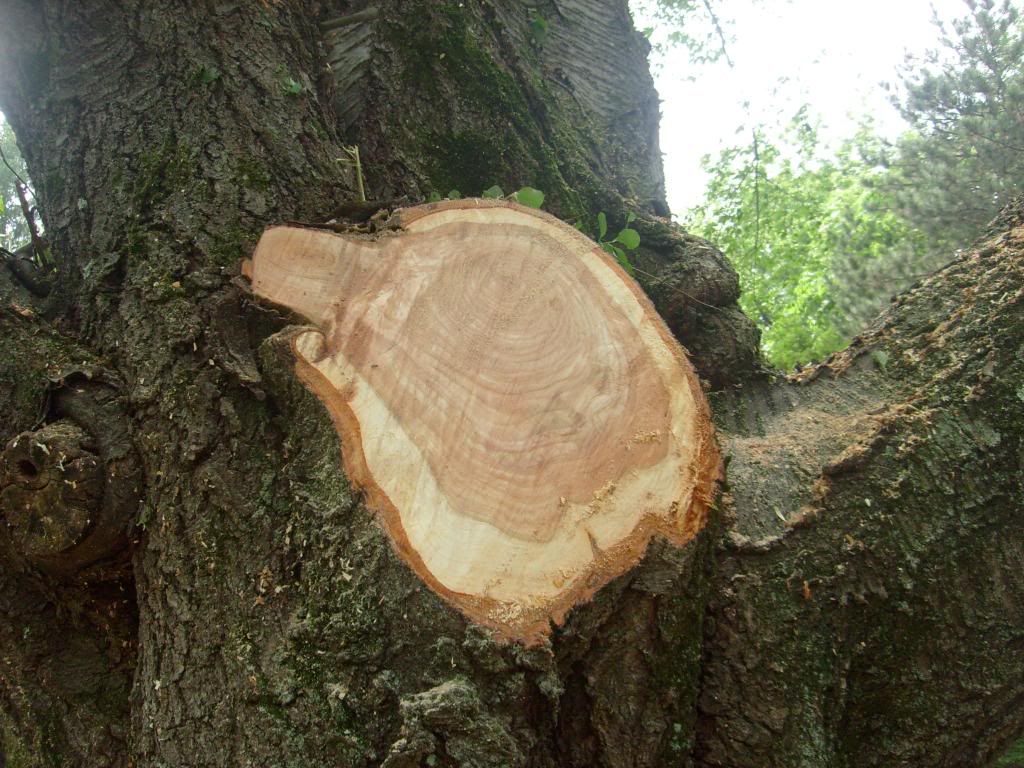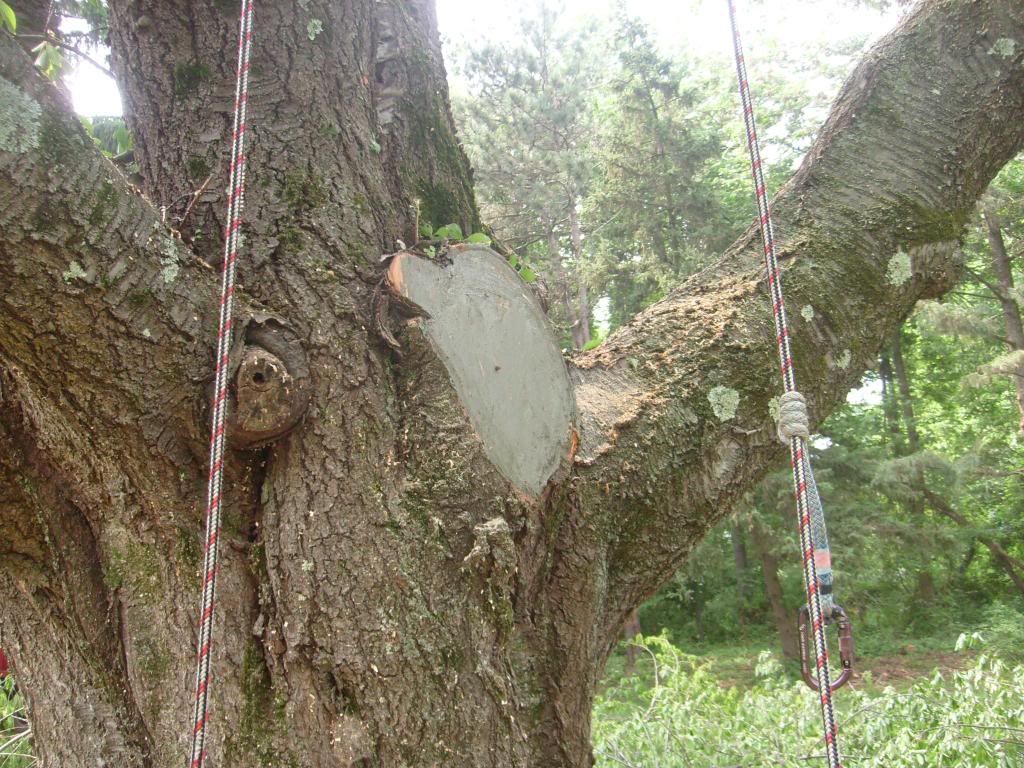limbwalker54
ArboristSite Operative
Zale, not to rain on your parade but I don't think this thread is about the common name "Tulip Poplar" vs. "Tuliptree". However if you wanna be specific, the "Tulip Poplar" is not really a poplar.....which would have the genus Populus.
Ok I'm done, we are ending this conversation, and Murph, nice vid on the RIGHT stuff.
I have a few friends who's names will remain unnamed that don't give a rats a** about the trees they work on or even the ones in the park....and it pisses me off. I do my best to educate my clients, and anyone else who asks, on proper tree care.
Oh, and next week I have three of those Tuliptrees to "get them tips" on.......and while I'm up there I think I'll eat some lunch.......
You can do them a lot faster if you set a few ropes ahead of time and know how to footlock.....
Ok I'm done, we are ending this conversation, and Murph, nice vid on the RIGHT stuff.
I have a few friends who's names will remain unnamed that don't give a rats a** about the trees they work on or even the ones in the park....and it pisses me off. I do my best to educate my clients, and anyone else who asks, on proper tree care.
Oh, and next week I have three of those Tuliptrees to "get them tips" on.......and while I'm up there I think I'll eat some lunch.......
You can do them a lot faster if you set a few ropes ahead of time and know how to footlock.....







